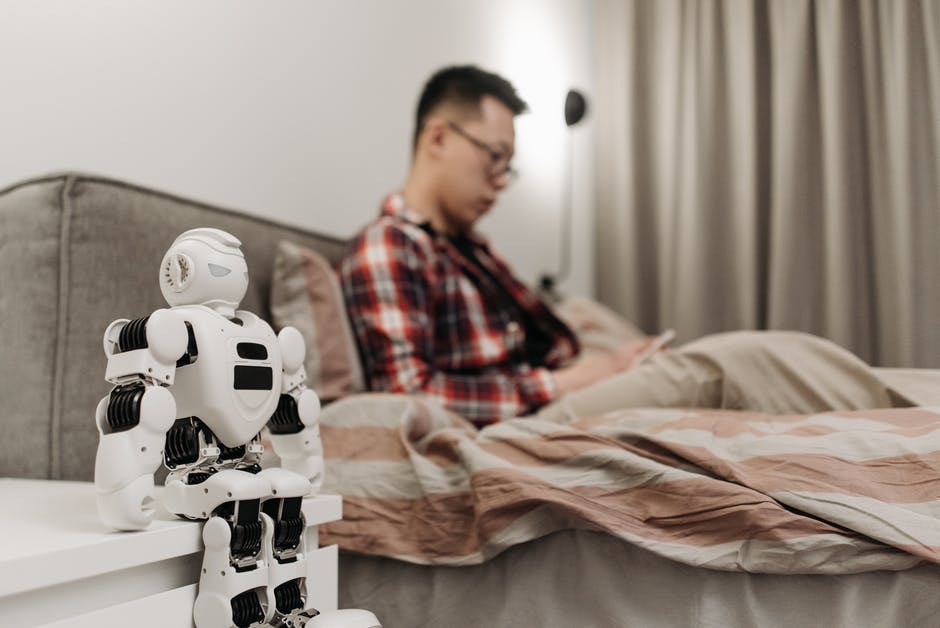
Service robotics is a relatively new field that is growing rapidly. It is a branch of robotics that focuses on providing services to people and businesses, excluding industrial tasks. Service robotics can be used to automate administrative tasks, such as filling out forms or processing orders, or they can be used to automate more complex tasks, such as assisting nurses and delivering packages. These robots are often used in hotels, malls, food and beverages establishments, and hospitals.
One type of service robotics is designed to help people with physical tasks that they find difficult or impossible to do on their own, like cleaning or moving heavy objects. They have sensors that can detect obstacles and automatically adjust their movement to avoid them. However, these robots have a few drawbacks. First, they can be expensive and difficult to operate. Second, they don't always work well in tight spaces or when there are a lot of obstacles between them and the person.
Another type of service robotics is eldercare robotics. Eldercare robots are designed to help people with activities like bathing, dressing, and eating. They are usually seen in hospitals and nursing homes. They have sensors that can detect when a person is struggling and help them carry out the task without assistance. Eldercare robots have a number of advantages over human caregivers.
In 2018 and 2019, Conor McGinn, a mechanical engineer in Trinity, and his colleagues tested his newly-built robot, Stevie, a white robot that had movable arms and ahead with a cartoon face and mouth, inside the Knollwood Military Retirement Community in Washington DC, a facility with 300 older residents. It performed activities to entertain the elderly such as calling bingo and singing, which freed up the retirement staff to attending patients' individual needs. Stevie can also patrol the corridors, checking if the elderly patients haven't wandered off at night and performing cleaning duties.
University of Texas- Austin roboticist Andrea Thomaz also believes that hospitals are ideal proving ground for testing assistive robots. In a pilot hospital study for her robot Moxi, they found out that nurses were glad to have the robot taking over small tasks such as carrying laundry and fetching equipment. Moxi, a one-armed robot with LED eyes, can perform basic tasks such as picking up and delivering medicines, equipment, patient samples, or linens.
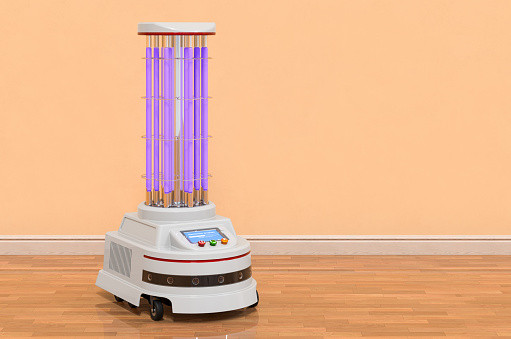
Along with the assistive robots, Disinfection service robots can also be an aid in the medical field. They are designed to help doctors and nurses with tasks like cleaning and disinfecting. They have sensors that can detect the presence of bacteria and viruses, and they can automatically clean or disinfect the area where they are located.
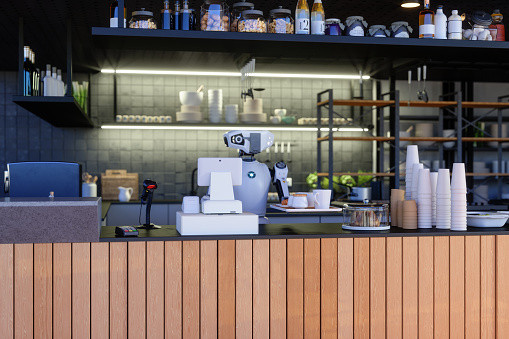
Furthermore, service robotics help food and beverage establishments automate tasks like stocking shelves, cleaning, preparing food, and delivering orders. As an example, in 2018, a California-based robotic company, Miso Robotics, unveiled a robot that can act as a fry cook, identifying patties on the grill, monitoring them as they cook, flipping them, and placing them on a bun. Service robotics can also help to keep track of inventory and make sure that supplies are ordered in advance. Additionally, they can act as security robots, which help identify and prevent theft
.
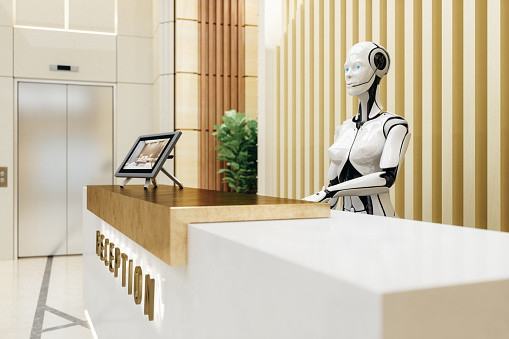
In the wake of the Covid-19 pandemic, where human-to-human contact should be avoided, service robotics has been one of the best options for the hospitality industry. Front desk robots were automated to simplify the booking and checking-in process of the guests. They can also help to handle customer service inquiries and handle complaints. Meanwhile, hotelier robots were designed to attend to the specific needs of the hotel guests such as room supplies stocking, room cleaning, and food delivery. They have sensors that can detect when a room needs to be cleaned or stocked, and they can automatically carry out the task without human assistance which is useful in providing a safe and warm hotel experience.
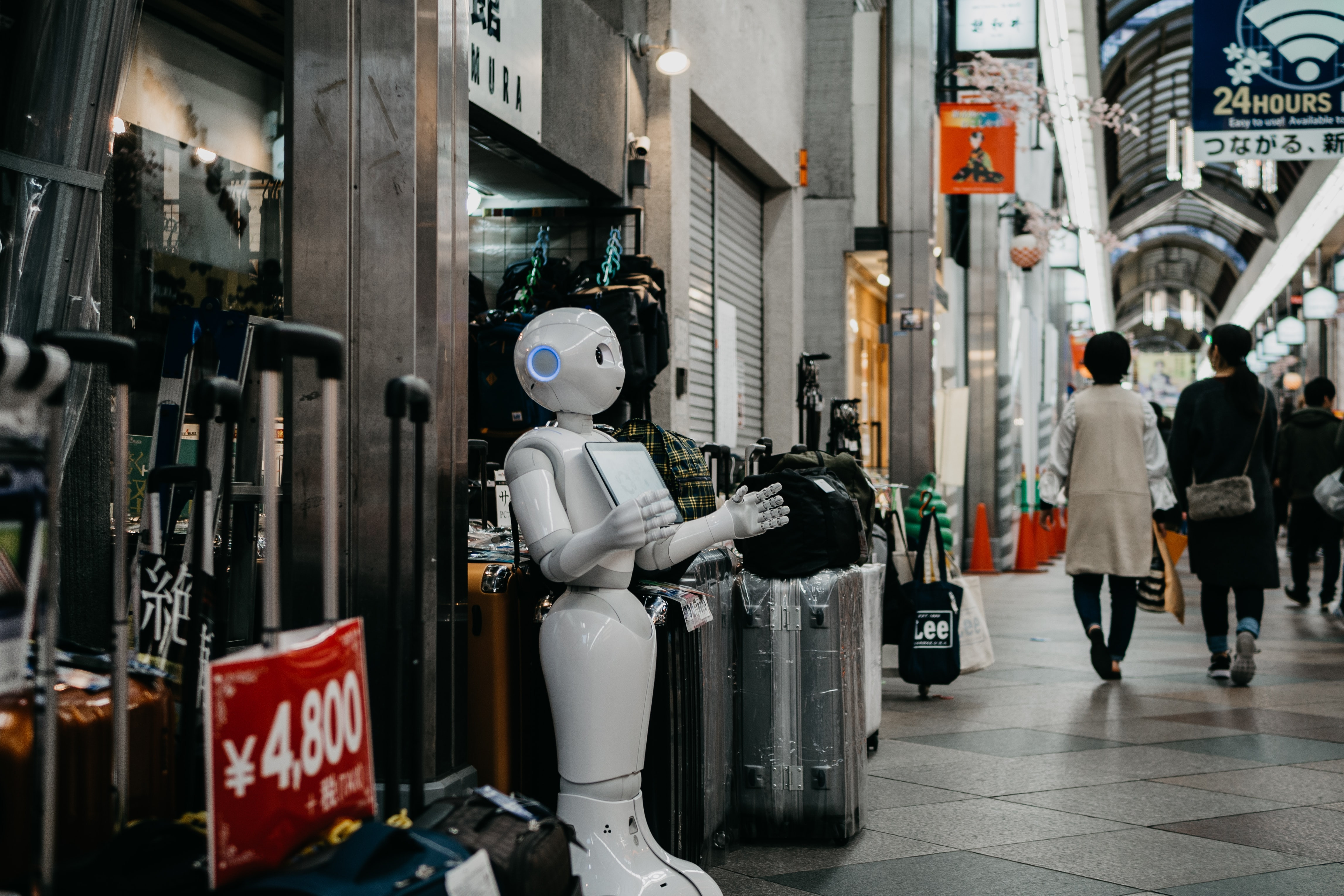
Service robots can also be seen in malls and other retail settings. In fact, a Chinese tech company, Cheetah Mobile, has already deployed over 7,000 robots in about 1,000 malls and markets in China. These robots are called AiM. They have the ability to recognize consumers via facial recognition, assist in mapping navigation, collect consumers' feedback, send out coupons, and attract consumers via a voice interaction system. Cheetah Mobiles robotics also uses AiM robots to improve offline economies' efficiency by analyzing the young consumers evolving preferences. Additionally, shopping mall robots can also help to keep an eye on the store and make sure that it is clean. They can aid in monitoring the stocks and make sure that it is in good condition.
While it is barely seen but service robotics are also present in parks, museums, and other public areas. These robots are often used to provide information on the history of the area, provide information about nearby attractions, or give directions to nearby restaurants or stores.

In Greece, a robot tour guide named after the daughter of Greek God Zeus, Persephone, has been tasked to show the visitors the impressive complex limestone caves of Alistrati Cave. Persephone can speak 33 languages and assists the visitors through the first section of the cave. However, there are still limitations to Persephone's abilities, having only 33 pre-programmed questions and responses in Greek.
Despite the mentioned applications and advantages of using service robotics, service robotics has a few drawbacks too. First, they are often expensive to purchase and maintain. It can also be difficult to find a place where they can be used. Lastly, they can be difficult to program and sometimes have difficulty understanding instructions.
Overall, service robotics are useful in a variety of settings and can be helpful in replacing humans in doing tasks that are difficult, repetitive, time-consuming, or dangerous for humans to do. Although they are expensive and have a few drawbacks, they are often worth the investment.

.png)
.webp)
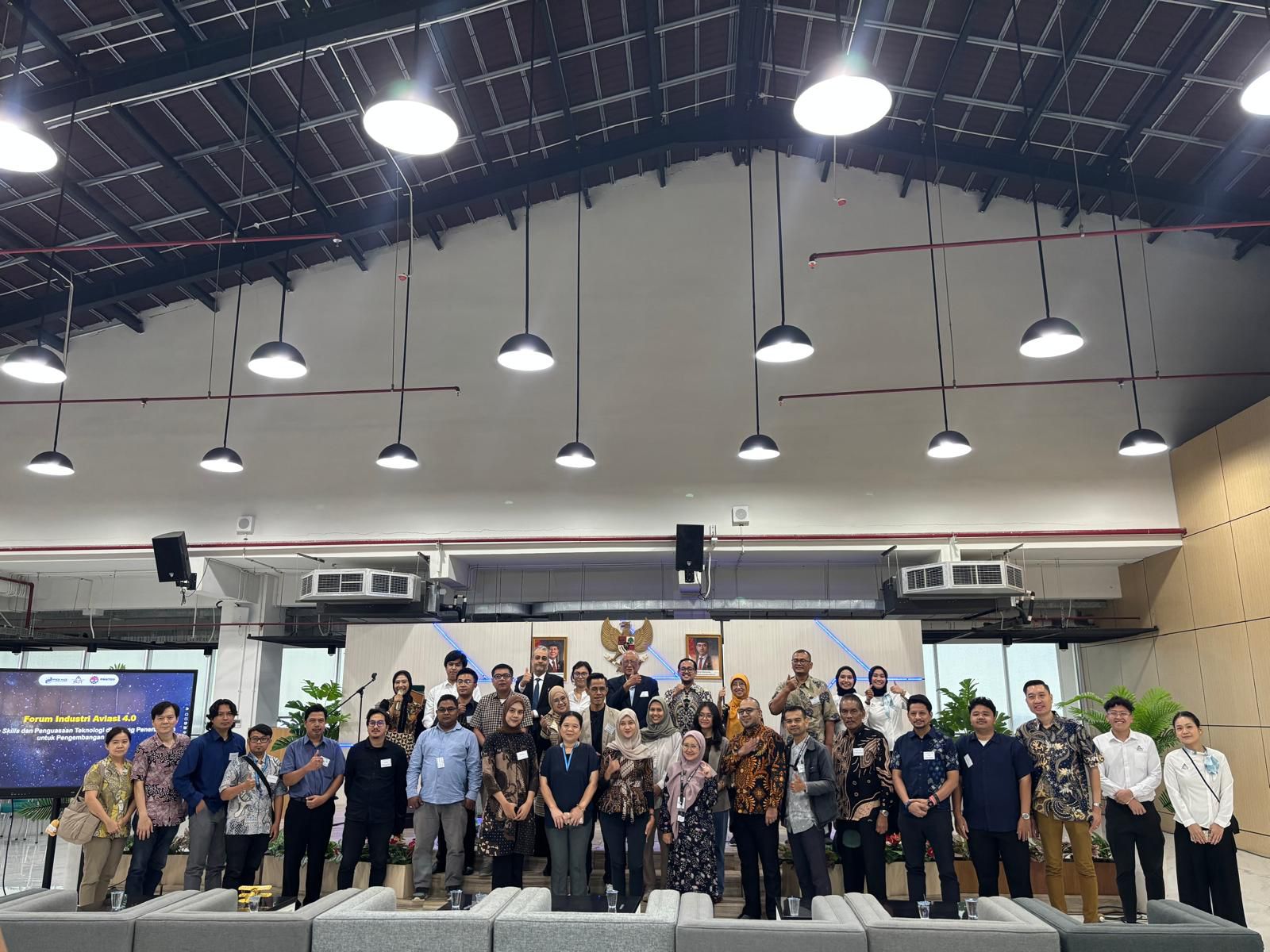




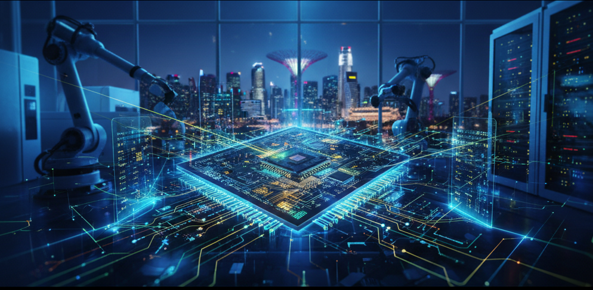




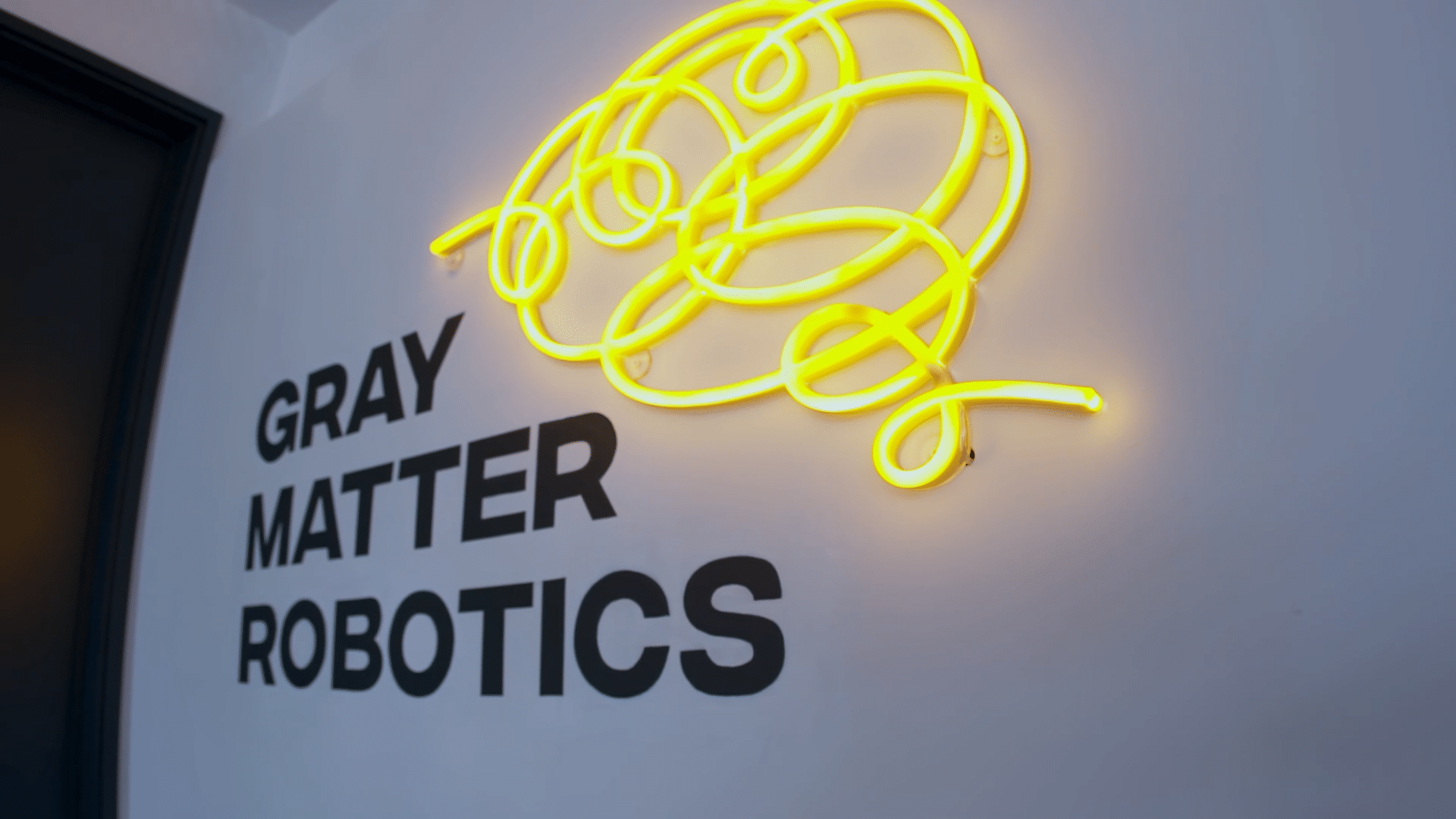




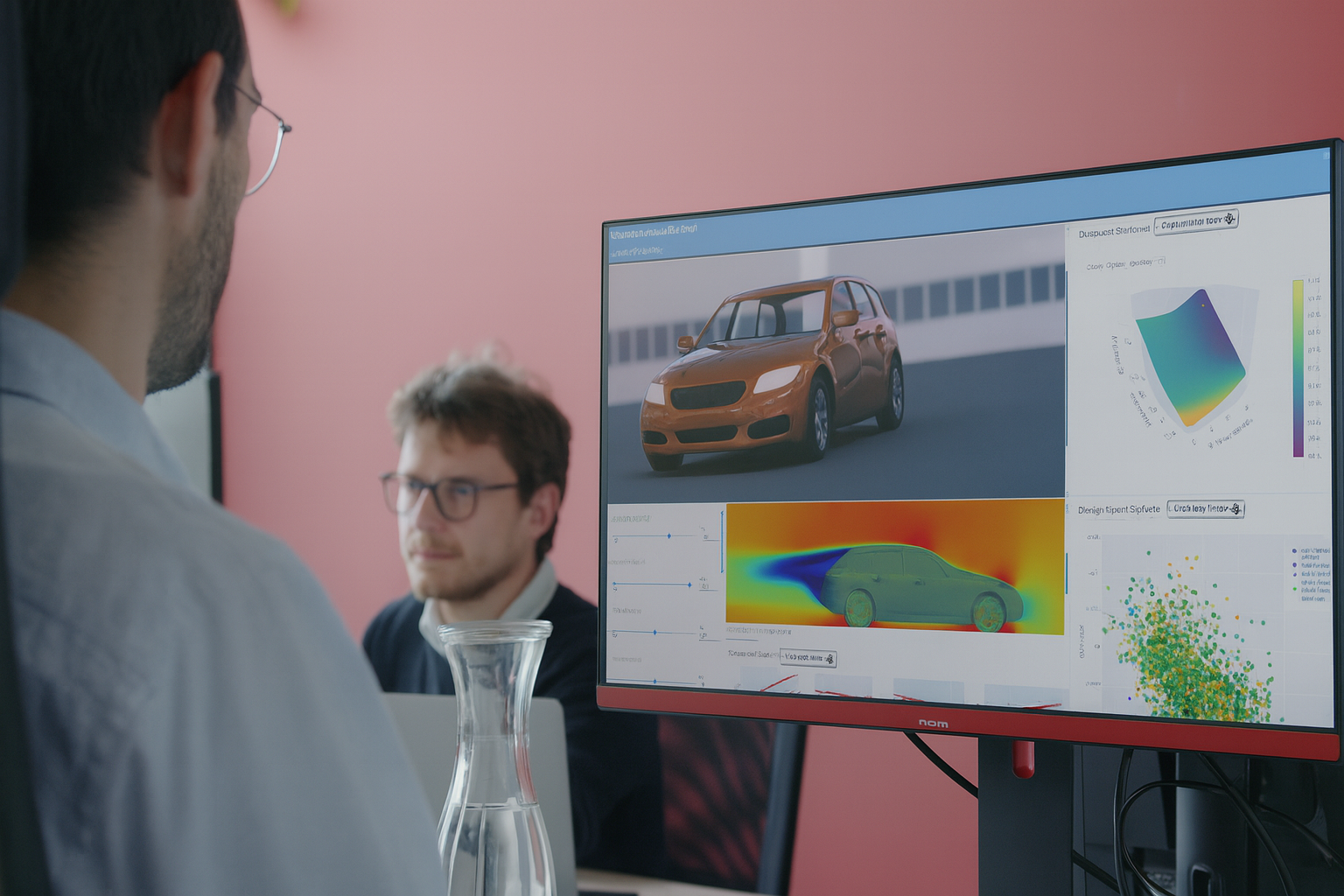
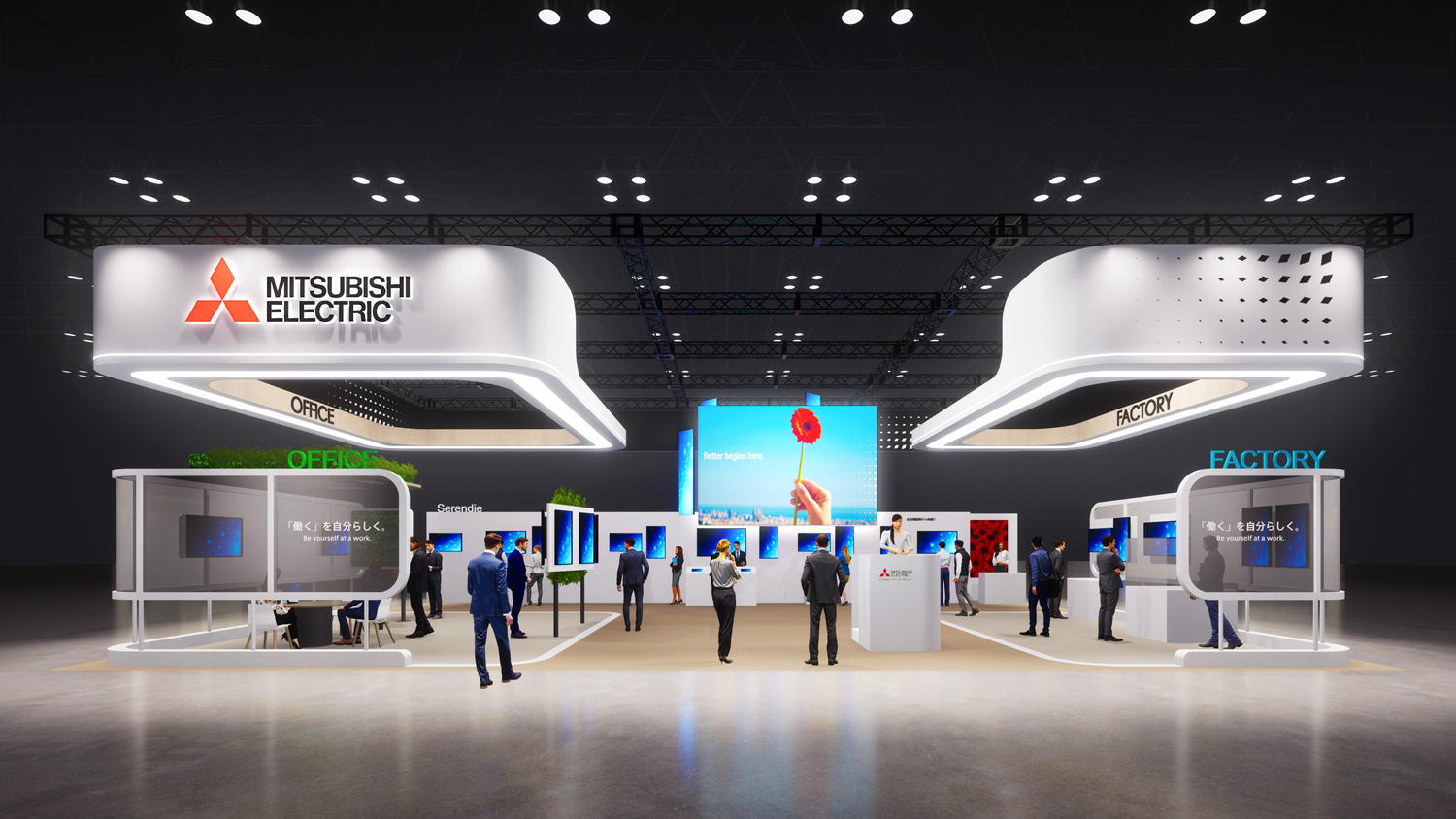

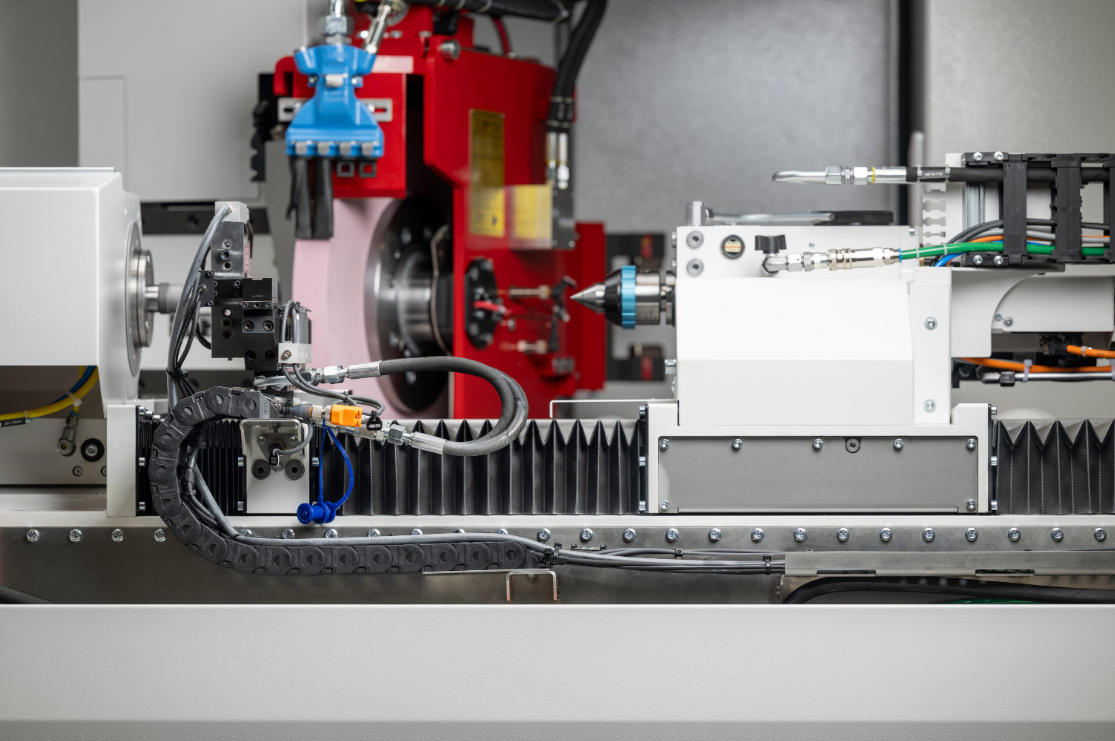







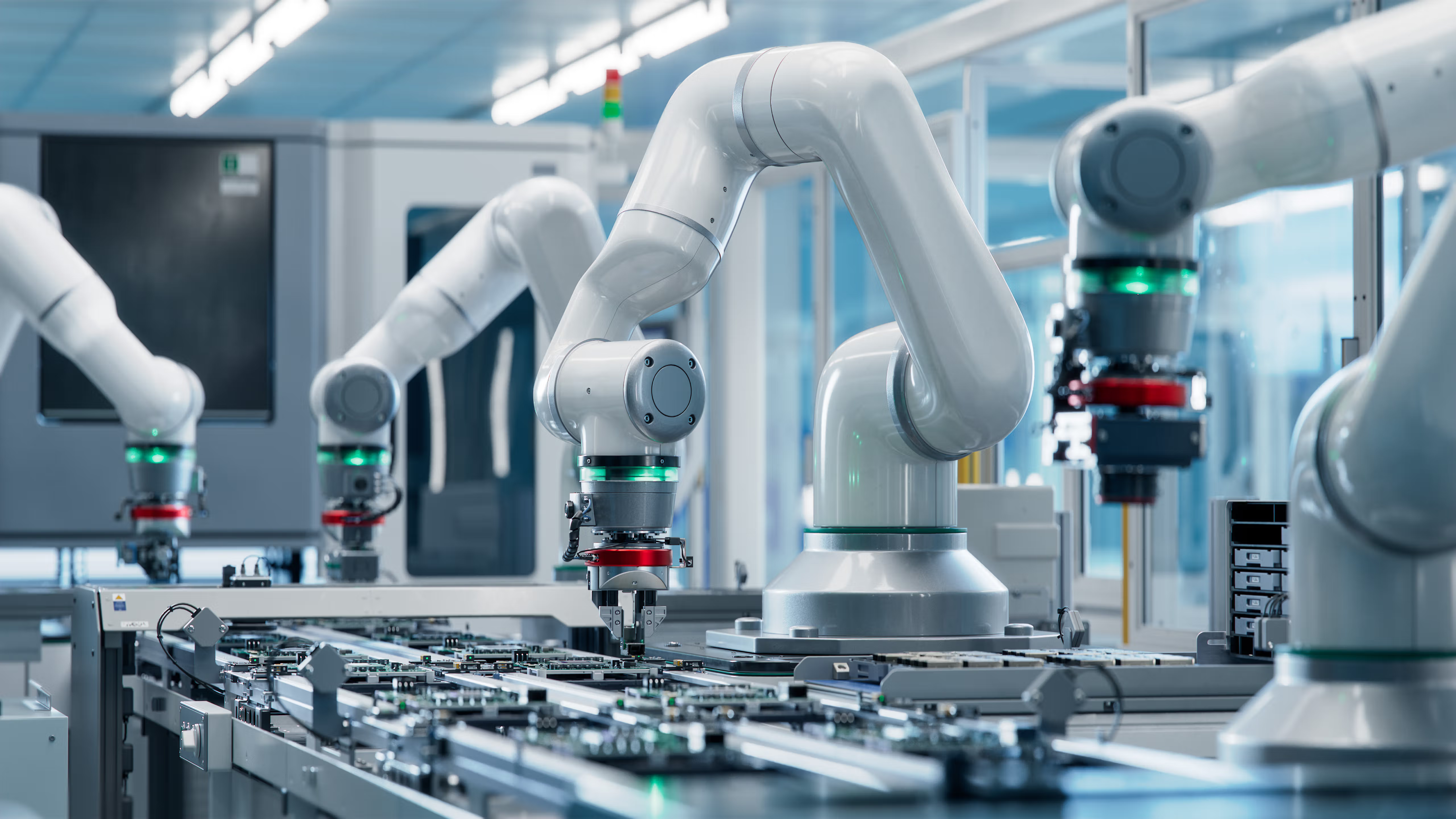

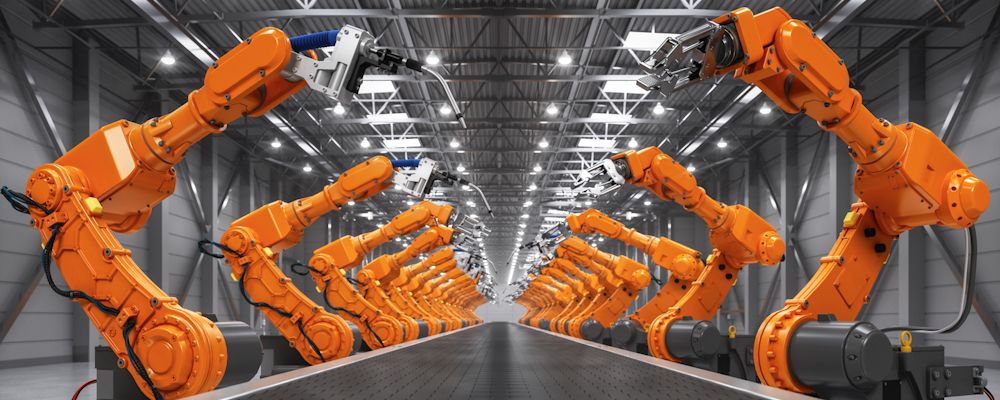
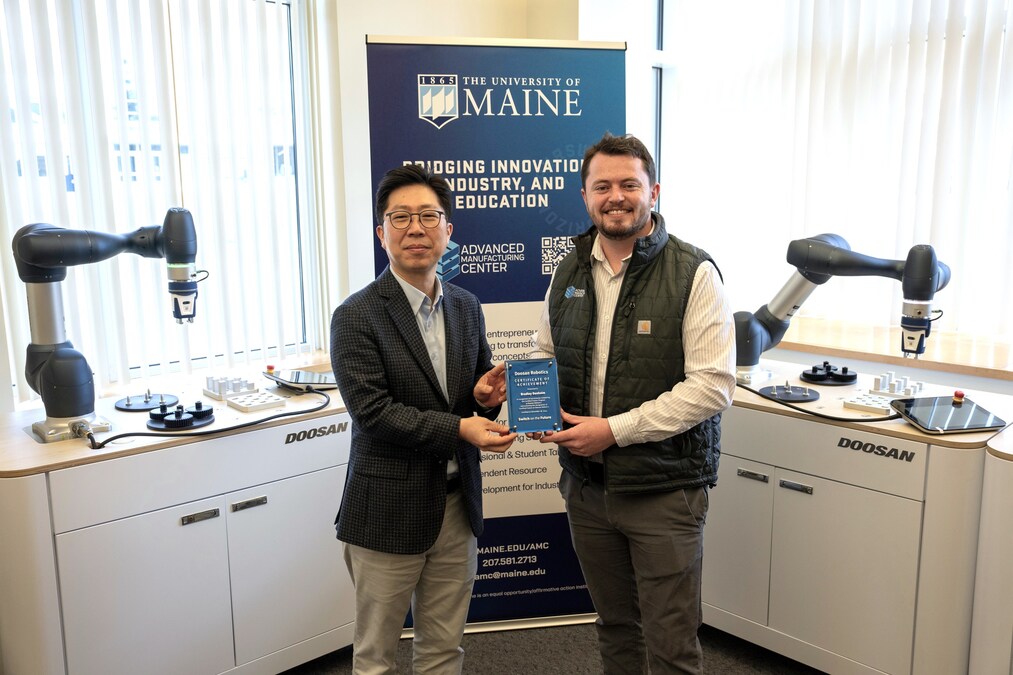

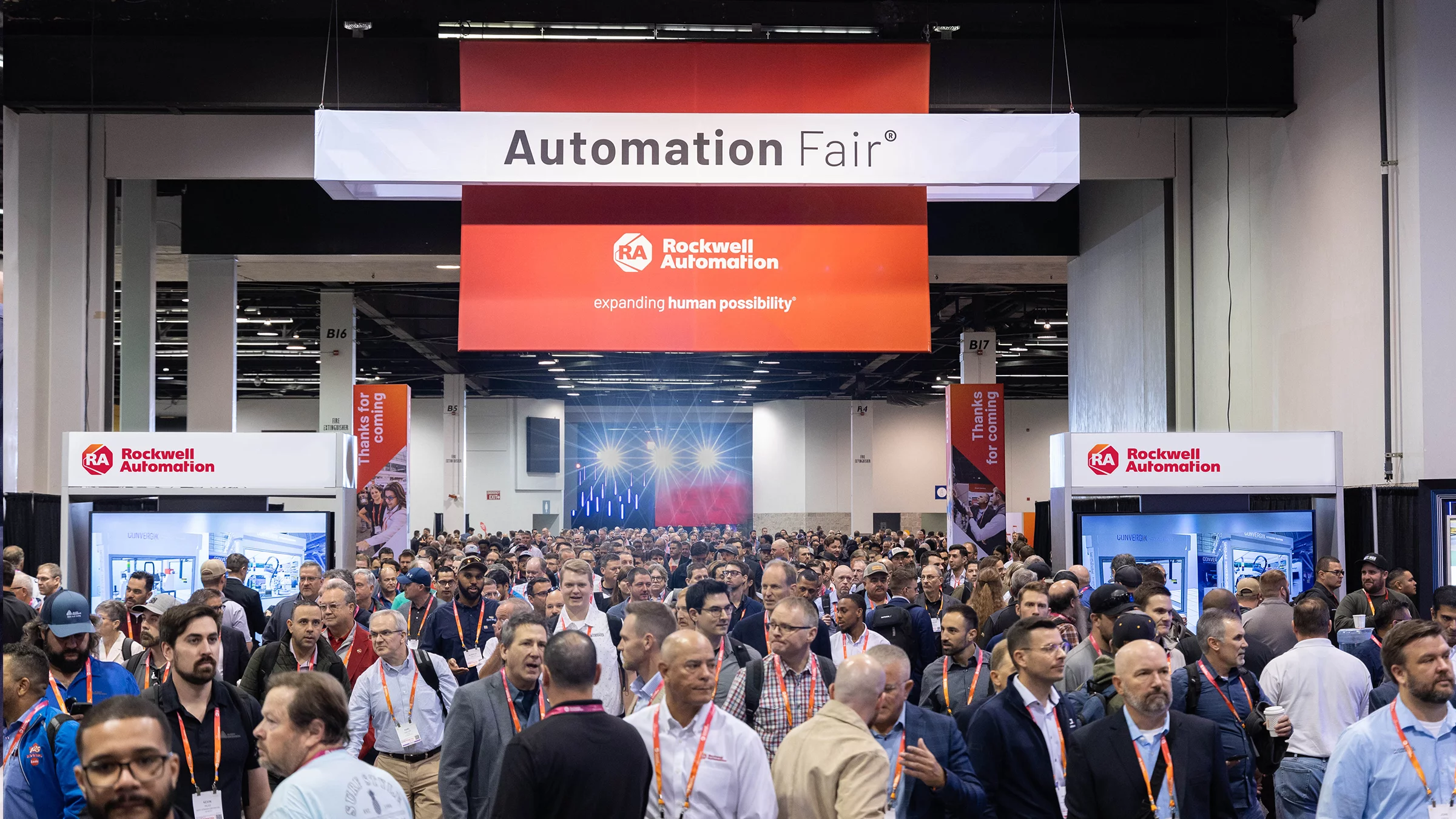

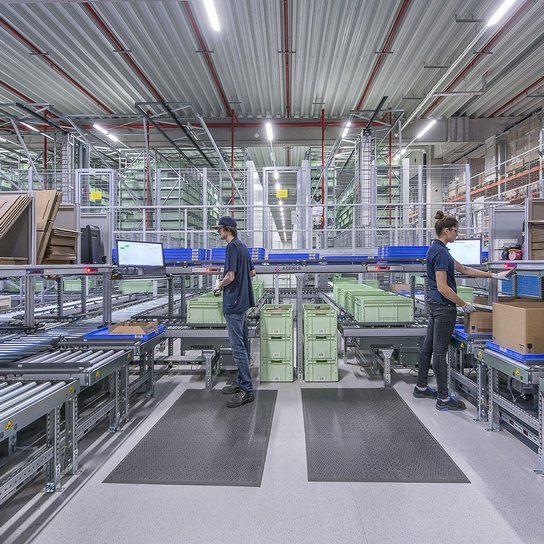



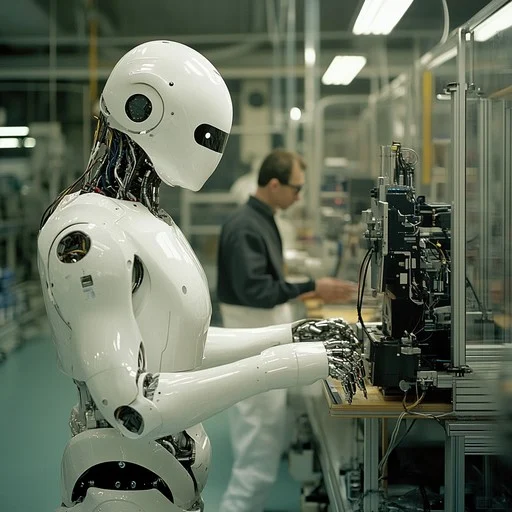
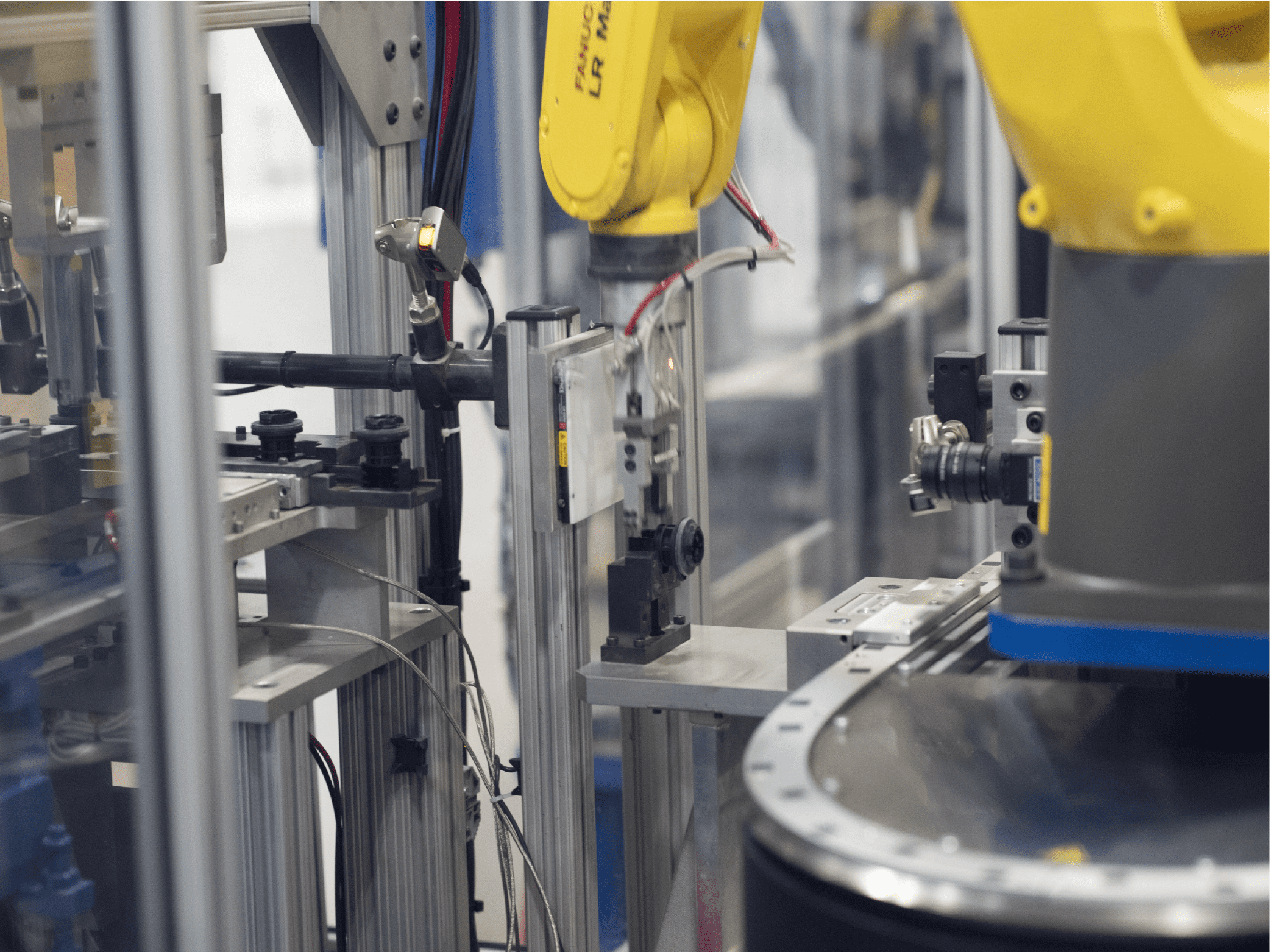
.webp)






























.png)





.png)



















